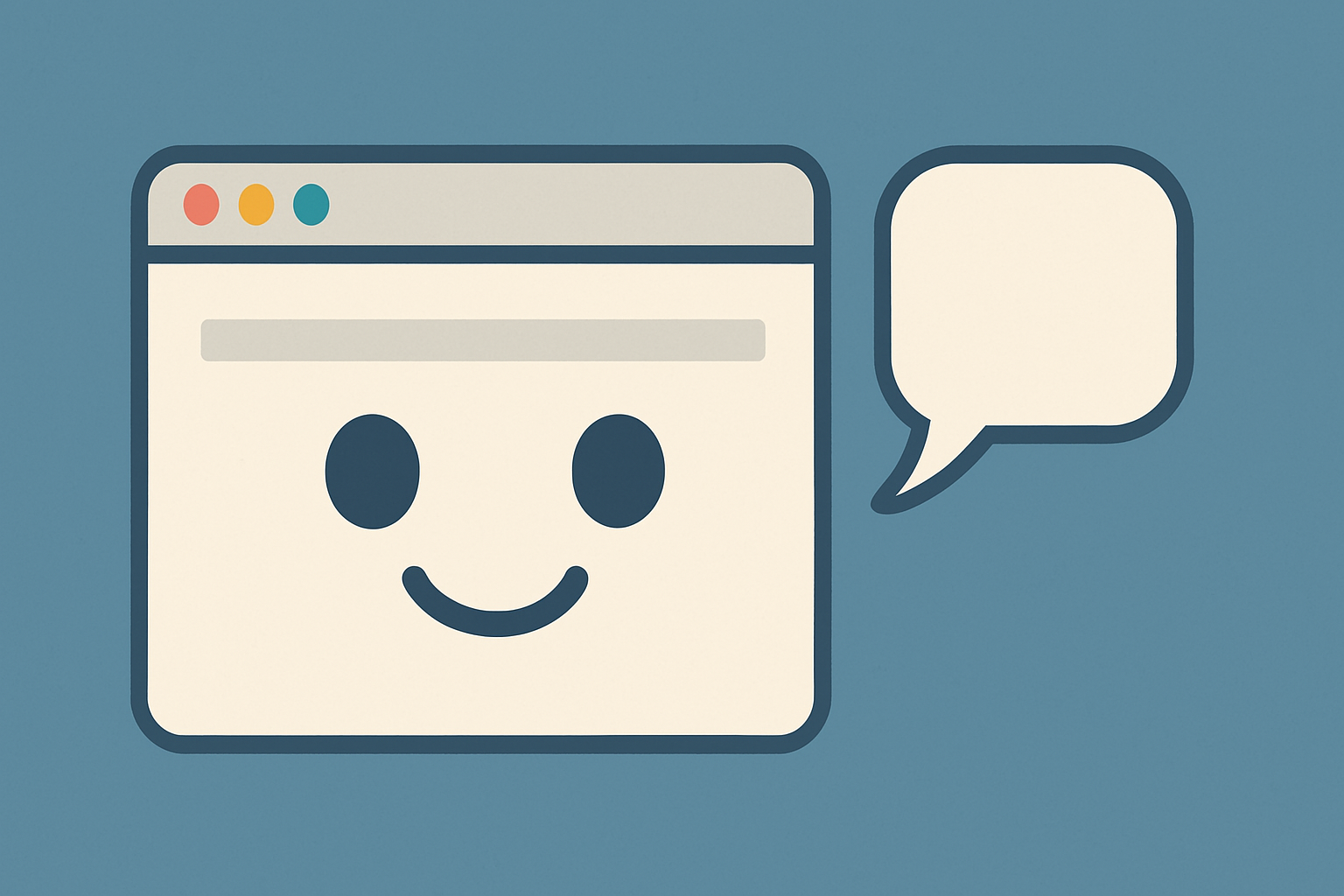The Web Speech API is an interface for modern web browsers to perform speech recognition. You can talk to your web browser and get back what you said as text.
This used to require some third-party tools like a browser plugin. Now, with the modern web platform, all you need is a browser.
It's a little tricky because it's not widely supported across all modern browsers just yet. For now, your best bet is to use Chrome as that has the most complete support.
Preparing for speech recognition
The first thing you'll need to do is create a SpeechRecognition object. This, also, is a little tricky. In the browsers that support this API, the object is actually called webkitSpeechRecognition. You can future-proof your code a little with the following snippet:
const SpeechRecognition = window.SpeechRecognition || window.webkitSpeechRecognition;
if (SpeechRecognition) {
const recognition = new SpeechRecognition();
}
This way, you're covered now (when the object is called webkitSpeechRecognition) and in the future when the spec is better supported (when it's called SpeechRecognition).
When a SpeechRecognition object recognizes speech, it emits a result event. The event contains information about the word or phrase that was recognized, including the recognized speech in text form (the result's transcript).
recognition.addEventListener('result', event => {
const result = event.results[event.resultIndex];
console.log('Got speech:' + result[0].transcript);
});
You can configure a SpeechRecognition object to present multiple possible results when it hears speech. This is controlled with the object's maxAlternatives property. By default, you get one result only.
Like anything, speech recognition can have an error. To handle this, you should also listen for the recognition object's error event and handle it appropriately.
Finally, you can start listening by calling start on the SpeechRecognition object.
Here's a little Promise based helper for capturing speech easily.
function captureSpeech() {
const SpeechRecognition = window.SpeechRecognition ||
window.webkitSpeechRecognition;
const recognition = new SpeechRecognition();
return new Promise((resolve, reject) => {
recognition.addEventListener('result', event => {
const result = event.results[event.resultIndex];
resolve(result[0].transcript);
});
recognition.addEventListener('error', reject);
recognition.start();
}).finally(() => recognition.stop());
}
Now you can capture speech as a one-liner!
const phrase = await captureSpeech();
Note: With some browsers - like Chrome - your captured audio is sent to a remote server to perform recognition. It's not done on-device, which means you can't capture speech when offline.
Letting the browser talk back
But that's not all! You can also use the Web Speech API to make the browser talk back to you. The code is a little more straightforward (and has better browser support, too):
const utterance = new SpeechSynthesisUtterance('Hello world!');
speechSynthesis.speak(utterance);
It's as simple as that.
I hope you found this tip interesting. Here's some further information:
- Web Speech API (MDN)
- Browser support for speech recognition (CanIUse.com)
- Browser support for speech synthesis (CanIUse.com)
You can also play with a couple of Web Speech API demos on the website for my book, Web API Cookbook.
